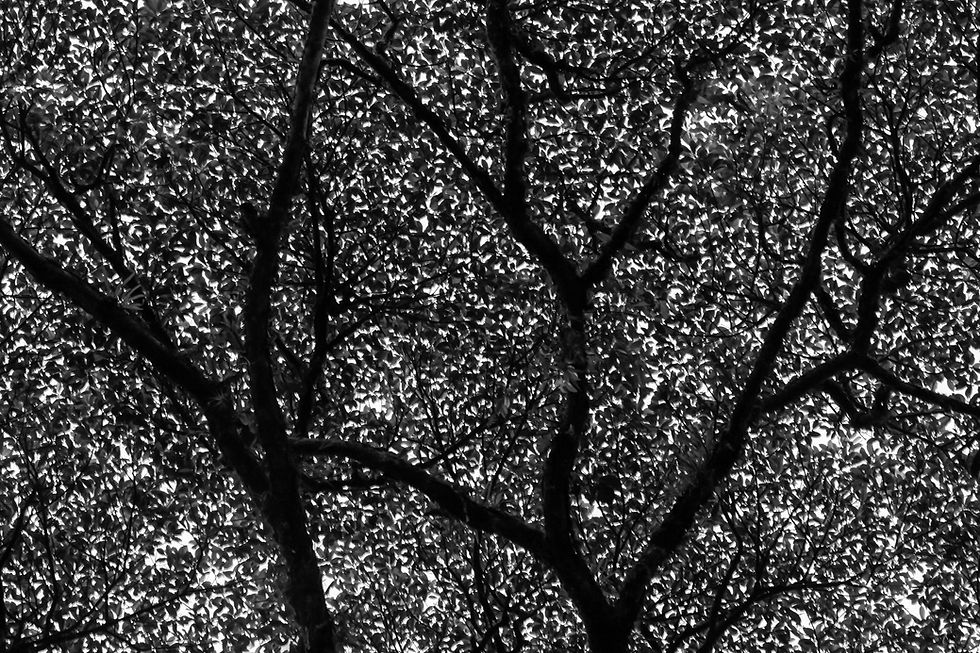Updated: Feb 22, 2023
As Californians, we are lucky to live in such a nice, warm climate. But sometimes, the winter days hit us harder than usual, and we need a little something to spice up our life – or yard!
With California’s Mediterranean climate we are lucky to be able to still have beautiful flowers all year round. Here are a few that can add more liveliness and color around your home.
Winter Jasmine

Yellow and elegant, winter jasmine is known in Chinese as “The flower that welcomes Spring”. A lively addition to your yard, winter jasmine can thrive in cold and hot temperatures making it the perfect perennial. Winter jasmine does best with regular watering, especially during those hot SoCal summers and a bit of trimming from time to time.
Hydrangeas

Seen all over Southern California, these flowers come in a multitude of colors and their beautiful form will surely add personality to your yard or garden. Hydrangeas are a lovely flower because of their easy care. This flower has two main requirements: morning sun and afternoon shade and a well-draining soil.
Pansies

Pansies are a delicate, low-maintenance flower that can add so much calm to the surroundings of your domicile. These dainty flowers enjoy the same amount of sunshine as the hydrangea and do well in Southern California winters because of the sunshine.
Pansies should be planted about a foot apart from each other. They are relatively low maintenance and can provide more character to your home.
Want the best results with these flowers for your yard? Contact us today!

Trees are the most transformative landscape element you can add to a property. Even though we are in drought conditions here in Southern California, and through much of the western U.S., continuing to plant trees is of utmost importance for a variety of reasons.
The most obvious reason is they give life to our planet. By converting carbon dioxide to oxygen, they support all living beings. While that alone is enough of a reason, there are many other ways trees are beneficial.

When deciding what landscape element to keep during drought, trees are at the top of the list. They add the most property value and visually can make any home or building look better. They provide shade which can make an outside area more enjoyable.Their roots help hold soil from running off.
Choosing the right trees is important too. Going with native varieties and ones from a Mediterranean climate, which is very similar to our climate, is key.

Deciding where to plant a tree should also be given careful consideration. Do not plant young trees too close to a structure. Allow for room for when it's full grown and also to minimize structural damage by winds or fire.
New trees will need more water at first to get their roots to grow deep, but once their roots are established, trees will need less water to continue thriving. A smart controlled drip irrigation system is the most efficient way to both save water and optimize the tree's chance for survival.

Proper trimming depending on what's best for the type of tree is important. (See The Right Time to Trim Trees). Also, root drenches can help yearly to make trees strong against diseases and pests.
Let us help you transform your landscape with trees! Our professionals are experts in all aspects of landscape, including new planning and installation of hardscapes and softscapes, installing new and updating old irrigation systems, backflow installation, and maintenance of both commercial and residential properties. Contact us today and get a free quote!


There are a few reason why the time of year matters when trimming trees. In most cases, the winter months from November to March is the best time for trees because that is when the tree enters dormancy. This is the tree's resting period. Trimming trees too early can disrupt the tree from entering the dormancy period by promoting new growth.
Deciduous trees lose their leaves and waiting until all their leaves fall is a good indicator it's entering it's dormant period. Trees need every bit of nutrients from their leaves before dropping them. Trimming before new growth begins is helpful in making trees grow abundantly well in spring.
Pruning in late winter is beneficial in colder climates because it helps trees' wounds be exposed to the elements for a minimum amount of time before new growth begins. It also is easier to see the branches and make cuts without leaves, as well as branches being lighter when they fall on other landscape.
Another reason is that there is less likely an insect or fungus infestation during the winter months. Avoid trimming after new growth begins because this is also when birds are nesting and producing young.

Depending on when fruit and flowering trees produce, they should be trimmed after their production ends, which helps promote more production in the future. Flower trees benefit from deadheading old blossoms. A fruit tree with a good canopy that lets light filter through will produce better than a tree with dense branches.
Always trim a tree any time of the year if there is a danger of a branch falling. Also, a good rule of thumb is to not cut more than 30% of a tree at one time. Cut branches that rub together or that grow against the main trunk. New trees should not be pruned for the first year.
There are exceptions to the winter trimming rule. Here in Southern California, some subtropical trees can be trimmed all year around!
Got trees? Landscape needs? We can help!Commercial or residential, Contact us today!














































